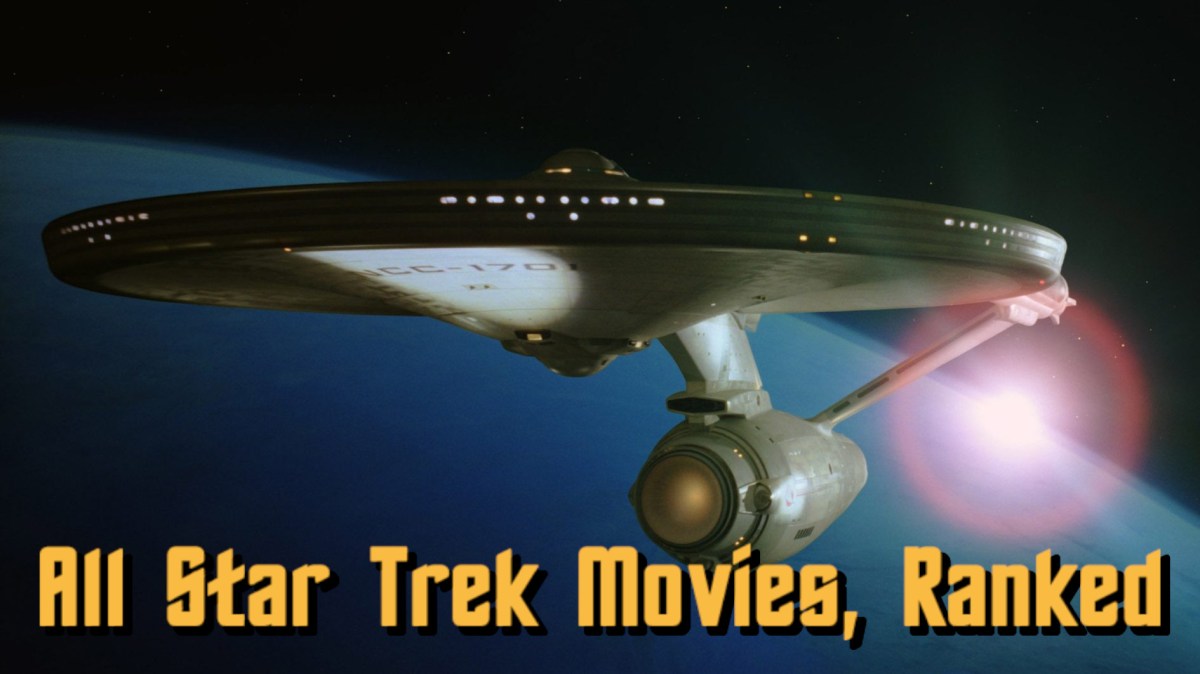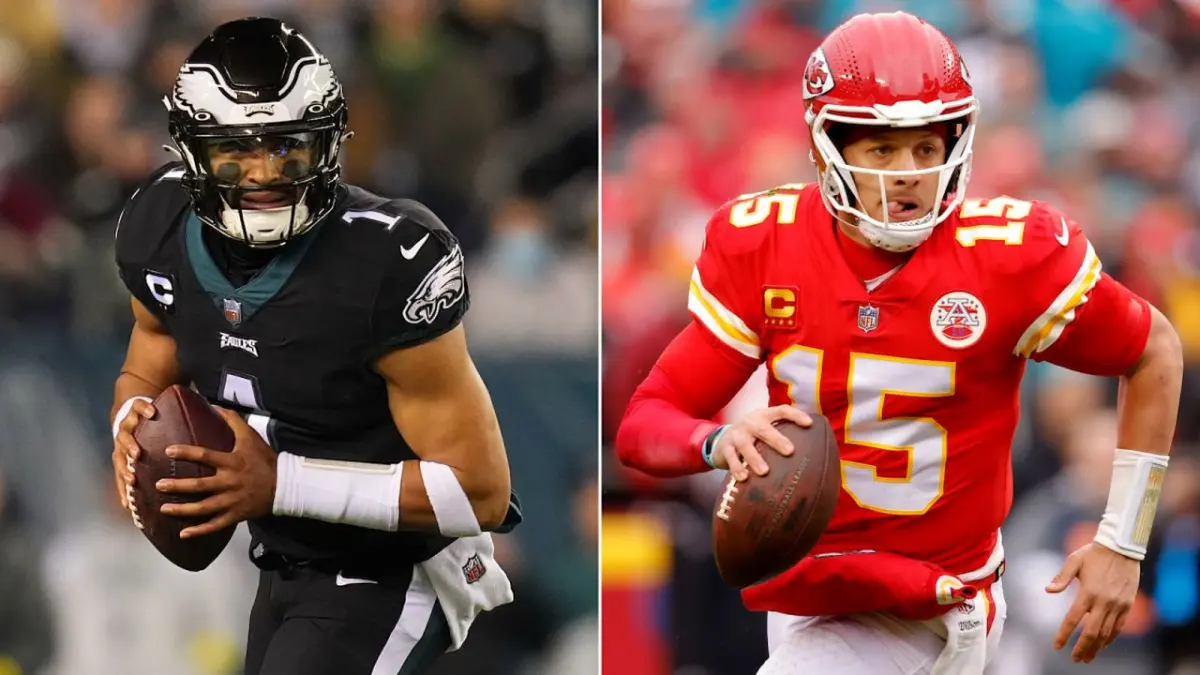Star Trek is the most influential sci-fi franchise ever created, with over 50 years of history spanning television series, animated shows, films, video games, books, and more. While The Original Series was slow to take on the following it eventually achieved, it is responsible for multiple invaluable cultural milestones through its storytelling and creative choices. With the series taking on increasingly prominent popularity in the 1970s, there was a push to make a Star Trek feature film. The success of the first led to many Star Trek movies to follow, with a mighty 13 to date, occasionally boasting some of the best stories in the franchise.
The Star Trek Movies, from Worst to Best
Star Trek is an imperfect franchise, being Gene Roddenbery’s most beloved creation, but has left a big enough cultural footprint to make up for its shortcomings. It has made waves and enormous strides forward for the entertainment industry with its progressive stances on diversity, inclusion, social justice, and civil rights. But it has also occasionally had moments where the writing quality drops, regrettable creative choices are made, preposterous moments were put on the screen, or memorable characters were outright rewritten poorly. But more often than not, the triumphs of the franchise outweigh the failures. Here are the Star Trek films, from worst to best:
13. Star Trek V: The Final Frontier

This movie is a rough start to the list, commonly regarded as the film that nearly killed the franchise. It was William Shatner’s directorial debut, part of the trend of having stars of the Star Trek movies in the director’s chair. With laughable decisions such as Shatner’s Captain Kirk free-climbing El Capitan at the beginning and some lousy special effects for Spock rescuing him as he falls, the film goes downhill pretty soon after it starts.
There are odd, even stupid, dialogue decisions such as grown men stumbling up a hill shouting out “woman!” and “is she naked?” when Uhura lures them into a trap laid by the Enterprise crew. There’s Shatner’s odd fixation on getting everyone to ride horses. There’s the fact that the film involves its initial villain, Vulcan revolutionary Sybok, being on a mission to find God, only for the film to cop out and have a laughable confrontation between our heroes, and what could only be described as a cosmic disappointment.
When Captain Kirk infamously quips “Why is God angry?” in this confrontation, it forces viewers to reply with “maybe because you saw this godawful mess, said ‘that’s a print’ and let the masses see this, Jim?
12. Star Trek III: The Search for Spock

The Search for Spock didn’t have the same type of issues plaguing The Final Frontier, but as a followup to the exceptional film The Wrath of Khan, it falls short. The biggest problem about this film is its quality feels much lower than that of its predecessor, and it essentially serves to undo one of the boldest creative choices in the franchise by bringing Spock back to life. It’s understandable, the characters (and box offices) feel lost without the promise of a mainstay Trek character being present, but it all felt….cheap.
This is nothing to take away from Leonard Nimoy’s direction of the film. But it felt less entertaining, the stunts were less interesting, and it felt like just such a letdown in the grand scheme of the franchise. Some of the silliest moments include a convenient far-away shot to attempt to convince fans that William Shatner could do a backflip, but there were some saving graces to the film. Christopher Lloyd made for a fun guest appearance in his Klingon villain, Kruge. The consequences of the movie’s plot, perhaps most interestingly the fate of Kirk’s son, David, would have important, fascinating effects on later films.
But the idea of this film’s plot is based on an easily-missed 5-second secret mind meld by Spock to Dr. Leonard “Bones” McCoy in The Wrath of Khan just felt like a ridiculous deus ex machina. While it’s debatable how much the fan outrage about Spock’s death in WoK affected this film’s conception, it wouldn’t be the last time fans bullied the crew of a Paramount studios franchise into altering their project.
11. Star Trek Into Darkness

Yet another film entry on this list judged by how it handled the legacy of The Wrath of Khan, Star Trek Into Darkness is an overrated film by many counts. While its worldwide gross and aggregate review scores suggest a good movie digested by the masses, that’s all it is: a strong popcorn sci-fi action film. But the problem is, the movie is far weaker when measured against the standards set by the franchise, and feels like a lame attempt to capitalize on some of the franchise’s greatest moments, in particular regarding its villain.
Benedict Cumberbatch appears in this film as John Harrison, and while it is interesting to see him portray a villain, the surprise reveal of his true identity is a predictable eye-roller. Much of this film’s issues lie in how it takes from plots of other, superior Star Trek movies and shows, but lessens their impact. Their inclusion of Section 31, a clandestine faction of United Earth (and later the United Federation of Planets) was a shocking reveal in Deep Space Nine because it implied there were shady intentions behind the lofty, forward-thinking veneer projected by Starfleet. In this film, even though it’s considered a part of a different continuity, these moments and reveals felt cheap and meaningless. As a blockbuster event, it did its job, but as a Star Trek film, it did nothing to move the franchise forward.
10. Star Trek: Insurrection
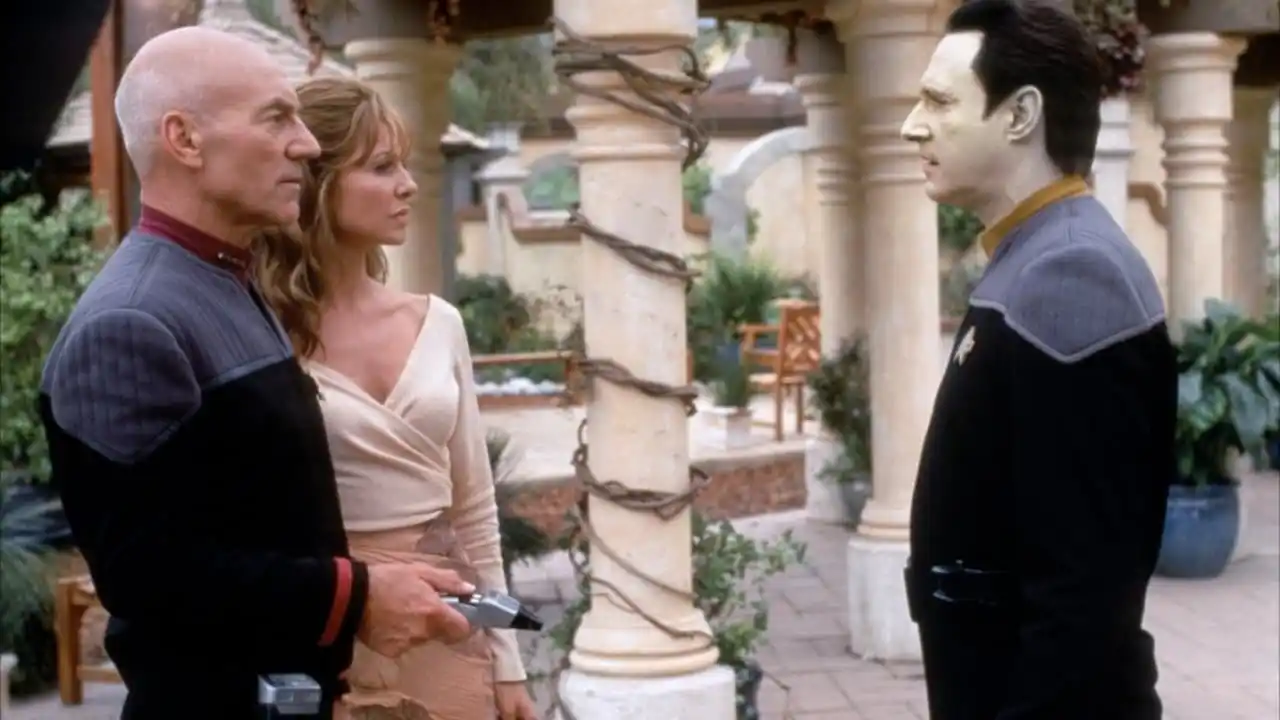
The first entry on this list to feature the cast of The Next Generation, Star Trek: Insurrection is far from the best of the series movies. While director Jonathan Frakes (who portrays series long-serving Commander William T. Riker) certainly made more worthwhile directorial contributions to the series, this film feels ostensibly like a very long episode of TNG. This isn’t necessarily a major issue outright: Frakes’ direction, F. Murray Abraham’s portrayal of Ru’afo, and the visual and special effects were absolute highlights of the film. But it felt at times boring to watch.
Many aspects worked in this film. The USS Enterprise-E crew unveils a conspiracy between Starfleet and the aggressive, sickly Son’a to capture the planet Ba’ku for the rejuvenating effects radiated by its rings. F. Murray Abraham’s character takes center stage to show viewers how his Son’a race has a reasonable cause for vengeance against this planet. Brent Spiner’s performance as lovable android Lieutenant Commander Data is, as you’ll see, a common highlight in any of the films. And seeing Ba’ku’s properties having a de-aging effect, such as reigniting Riker and Deanna Troi’s romance, or putting Commander Worf through puberty again? Priceless. But other drawbacks included a lack of gravitas to the plot and some truly awkward performances from the supporting cast.
9. Star Trek: Generations
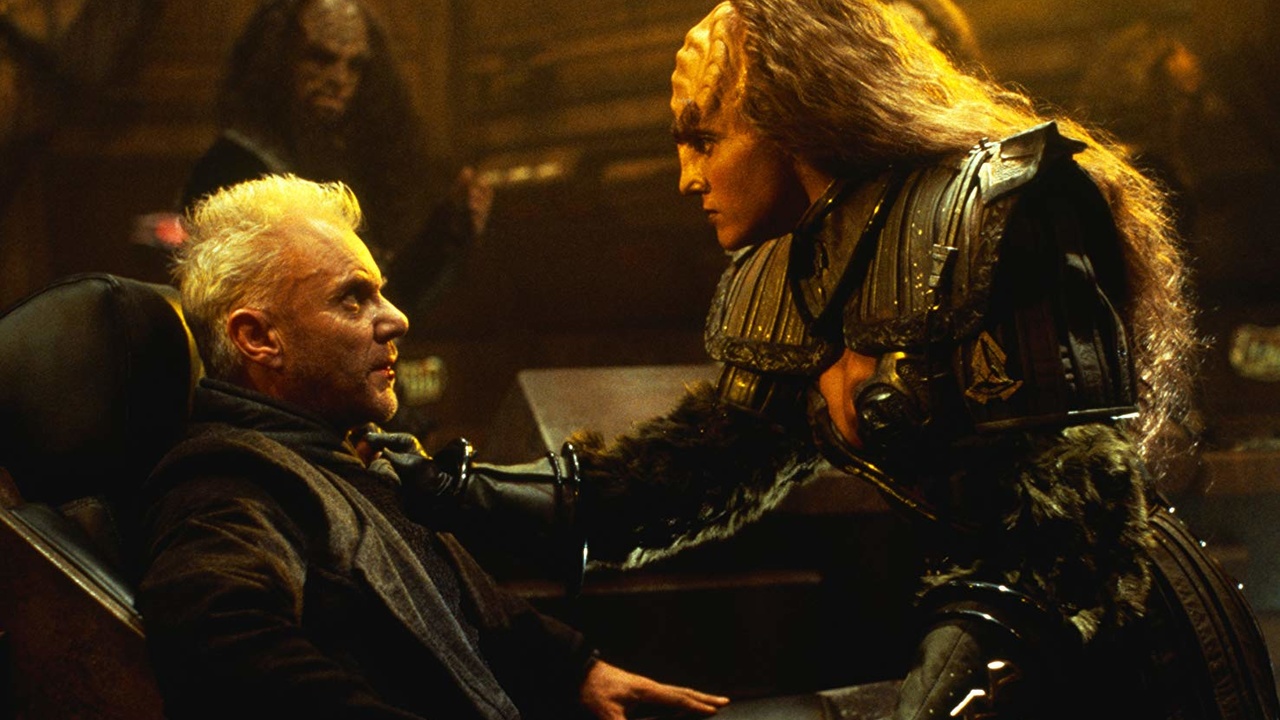
Generations is, unsurprisingly, the first of a set of Star Trek movies featuring the cast of The Next Generation, bridging the gap between TNG and The Original Series. However, much like Insurrection, it feels like an extended episode of the series, although with the added edge of being a sendoff for the Original Series cast. It’s interesting seeing TNG’s Captain Picard interacting with Captain Kirk, but it feels at times more like fanservice than anything else.
Malcolm McDowell features as this film’s villain, Soran, who is obsessed with the cosmic event that ravaged the USS Enterprise-B and caused the apparent death of Captain Kirk. The event in question was an energy ribbon that, along with its destructive properties, could send those struck by it into the Nexus, a realm where one’s deepest wishes could be realized. While McDowell is suitably despicable in his means to achieve his ends, fitting a lot of his characters, the film’s plot has few other highlights. It’s not bad, necessarily, just frustratingly, only ‘okay.’
8. Star Trek: Nemesis
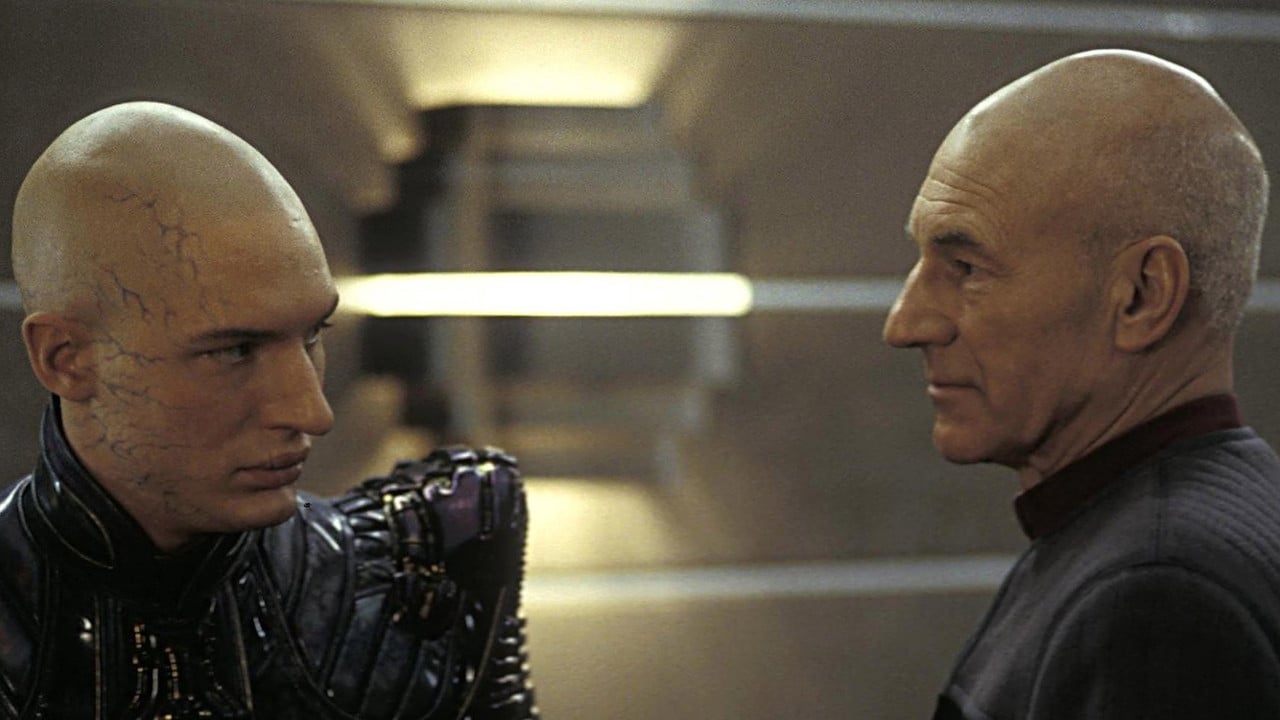
The first and third parts of Nemesis are exhilarating and heartwarming. The film begins with a shadowy plot involving a proposed alliance between the Romulan Empire and the Remans, it’s juxtaposed with happy moments within the Starfleet ranks, with Riker and Troi getting married, celebrated by Data’s heartwarming rendition of Blue Skies at the reception. The film makes quick work of leaving a good impression on viewers and TNG fans, but then there’s the matter of the long-winded middle portion of the movie.
Nemesis introduces Tom Hardy as Shinzon, a clone of TNG‘s Captain Jean-Luc Picard created by the Romulans as a means to infiltrate Starfleet, but abandoned on Remus after the project was shut down. Taken in by the Remans, he discovers that the cloning process used to create him will also lead to a tragic early death, unless he gets a transfusion of Picard’s blood. These revelations drag for a while in the film, but not without shock value: the film at one point shows Shinzon telepathically invading Troi while she’s having sex with Riker in a violently uncomfortable scene that has not aged well.
But the final act of the film has some of the most insane moments for any Trek fan. Picard’s fight with Shinzon, particularly the space battle aspect, and his unexpectedly maverick tactics, was a delight to watch and visually spectacular. Data’s spacewalk between two vessels in space was also thrilling to watch, and the final moments of the film remind the viewers of how even the most counter-human characters like Data serve as the show’s most powerful and poignant portrayals of humanity.
7. Star Trek: Beyond

Contrary to how previous films in this list have worked, the plot of Beyond was similar to an extended episode of TOS but in all the right ways. It was Justin Lin’s only film on the Kelvin timeline, the continuity of Trek movies beginning with 2009’s Star Trek and 2013’s Into Darkness and culminating in this entry in 2016. The film was robbed at the 2017 Oscars despite incredible makeup work, losing the prize to Suicide Squad of all movies. But the production of the movie had some tragic losses, including rising star Anton Yelchin who played navigator Pavel Chekov, and the legendary Leonard Nimoy.
Beyond pays tribute to those actors in a thoughtful manner, while also providing a wonderful experience for viewers feeling that the Kelvin Trek films were lacking the spirit of the series. The story involves a plot by a dangerous villain, Krall, to bring down the United Federation of Planets, beginning with an assault on the USS Enterprise for the relic it holds on board, the Abronath, which holds dangerous potential as part of a bioweapon. Krall’s vendetta against the Federation runs deep, and if he is to take down the organization, chaos and conflict would ensue in the galaxy. The film was fun to watch from start to finish.
6. Star Trek VI: The Undiscovered Country
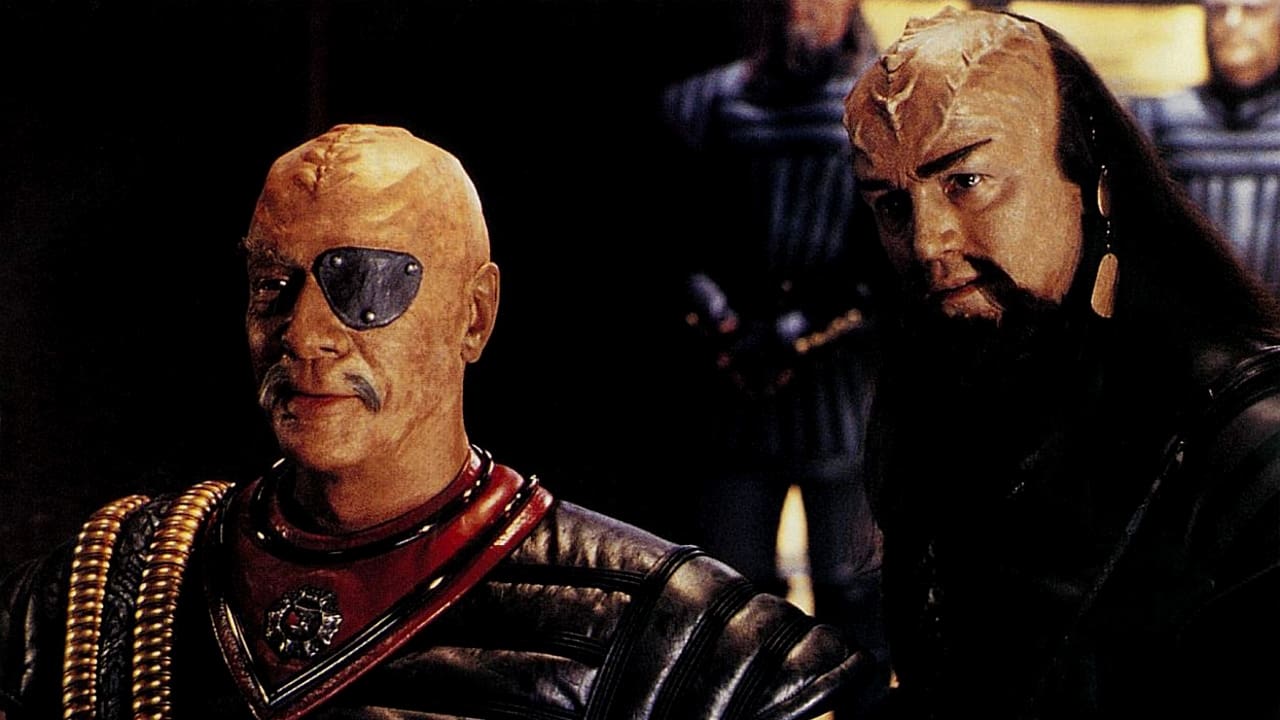
After the mess that was The Final Frontier, Star Trek found itself with a low bar to clear in its 6th entry. This film’s placement, and subsequent entries, on this list, are largely due to how character-driven its plot is. The Star Trek franchise’s shows and movies have always had unique, colorful casts with varying attitudes, ambitions, cultures, and roles. So when Captain Kirk is assigned on a mission for peace with the Klingons who murdered his son, David, this made for a tense interaction that felt uncomfortably authentic when the two parties met.
The story portrays interesting aspects about the uneasy attempted ceasefire and has some pretty solid moments for fans. For the historian Trekkies, you might notice the strong Cold War allegory as well as persistent parallels in the script between the desired peace terms of General Chang (played by Christopher Plummer) and the appeasement policies during pre-WWII diplomatic relations with Nazi Germany. The characters also frequently wax poetic as a potent reminder that high culture will far outlive us all, going into the 23rd century and beyond. It’s a fascinating film to analyze, along with strong performances by its characters.
5. Star Trek IV: The Voyage Home

The Voyage Home was a risky effort, after the less interesting affair that was The Search for Spock. Kirk is demoted from Admiral to Captain, and the Enterprise is to be decommissioned after the events of the previous film, all while a mysterious alien probe is passing through space, generating a strange signal while unleashing catastrophic events on nearby vessels and even Earth itself. The Enterprise crew identifies a match to the signal, and it’s…whales? To answer the signal and prevent further harm, the crew decides to slingshot around the sun to travel back in time to retrieve a humpback whale to return the signal. That’s right, this movie is Star Trek Saves the Whales.
The movie is far sillier, and it was a timely choice, after the somber and dark first few cinematic outings. The crew travels back in time to 1986, when Kirk’s boisterous personality made him fit right in. Parts of the movie felt like they were mixed with a 1980s sitcom feel, especially when Kirk tries to convince Dr. Gillian Taylor to let him take the whales in an awkward “I’m a spaceman from the future” speech. It’s difficult to sell the experience aside from saying that you have to watch it to understand how fun this movie was, along with good special effects and amusing, fish-out-of-water dialogue (“double dumbass on you!” being Kirk’s most awkward, yet confidently delivered comeback.)
4. Star Trek: The Motion Picture
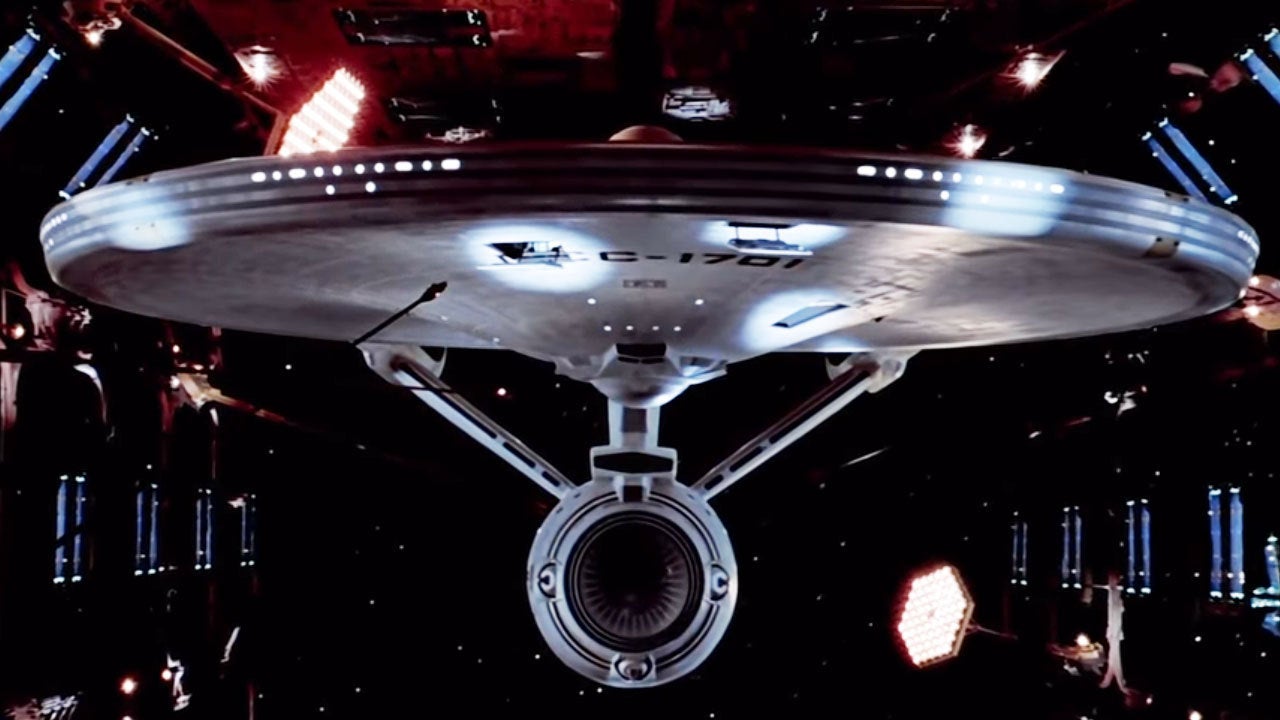
This movie is special not only because it was the first, with an impressive budget, but also for a solid, fascinating sci-fi plot and visuals that have aged well, with later curation by its original director, Robert Wise. The movie’s musical score by Jerry Goldsmith was particularly excellent and served as the beginning of a long collaboration between him and Paramount for future Trek movies and even Star Trek: Voyager in 1995. Despite an early mixed reception, this film’s artful direction by Robert Wise, aware of the budget constraints, was only further improved in later cuts.
If you wish to watch this movie, you’ll be happy to know that Paramount+ has both the original and director’s cut available, but you should check out the director’s cut to see the remastered visuals and additional footage. The plot, surrounding an enigmatic, godlike being representing V’Ger, has a pretty cool twist that’s been emulated and certainly stands as a good example of lofty sci-fi storytelling. But the lingering shots of the mysterious vessel encountered by the Enterprise, gripping background music, and performances help this production stand out.
Another interesting fact about this film is that it was made in the wake of the scrapped TV series, Star Trek: Phase II. In light of Star Wars dominating American cinemas in 1977 and Battlestar Galactica airing in 1978, Star Trek made a bid to transfer its presence from TV to film and succeeded with great effect. It went on to make a prolific film franchise with the jumpstart provided by this film and its Oscar-winning director.
3. Star Trek (2009)

Star Trek was the reboot the series needed after the tepid box office response to movies like Nemesis. The film, directed by J.J. Abrams, was an origin story for the crew of the USS Enterprise, featuring a young, brash yet-to-be-Captain Kirk, played by Chris Pine, surrounded by an enormously talented supporting cast. The visuals were spot-on, the action was tight and entertaining, and the characters felt accurate when lined up with the original. It cannot be overstated how much the performances in this film sold the experience. It features numerous throwbacks to the original canon, and offers great insights into the crew of the Enterprise while they were young and growing into their roles.
The movie’s cast featured some veteran feature film talent such as Pine, Karl Urban, Simon Pegg, John Cho, and Zoe Saldaña (who would cap off 2009 by starring in a little flick called Avatar, maybe you’ve seen it.) But it also featured some extremely impressive performances by newcomers like Anton Yelchin, and perhaps most notably, Zachary Quinto, who had been entertaining audiences on TV for years, most notably playing Sylar on Heroes. Finally, the film featured interactions with Spock Prime, played by Leonard Nimoy, to grip the fans of the original show. But that’s not all, as you’ll notice at the beginning of the film James T. Kirk’s father, George, was played by none other than Chris Hemsworth, being his feature film debut as well. Seriously, this movie was stacked with lead actor talent.
2. Star Trek: The Wrath of Khan
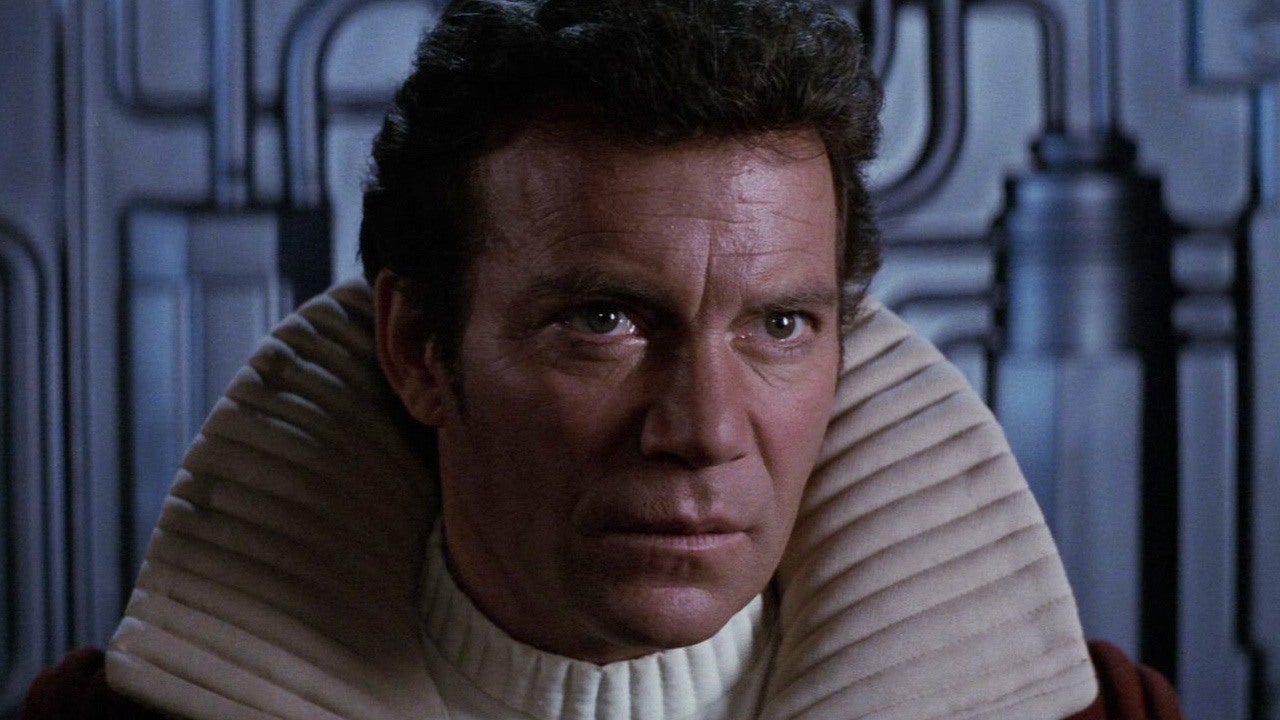
It comes as no surprise that this film places so highly on the list. It’s commonly referred to as one of the best, if not also the single most influential, of any of the Star Trek movies. Watching the Kobayashi Maru sequence in Star Trek (2009) bears more weight after seeing this film, where it provides a glimpse into the mind of Captain Kirk, who refuses to believe in no-win scenarios. The villain, Khan Noonien Singh, portrayed by Ricardo Montalbán, was an incredible villain to pit against Admiral Kirk.
The plot is engaging and full of exciting moments, featuring Khan’s mission to steal the Genesis device, which is capable of terraforming dead matter into new planets. His vendetta against Kirk was complex yet easily understood: Kirk marooned him on Ceti Alpha V which was rendered inhospitable by a later disaster, where many of his people, including his wife, were then killed. In the end, Khan got what he wanted in a sense, disabling the Enterprise’s warp drive and forcing Spock to attempt to fix it, who died tragically in the process. Decades later, people still say how they cried when Spock died onscreen, a complete shock and one of the boldest creative moves ever executed in Star Trek. Most human, indeed, Kirk.
1. Star Trek: First Contact
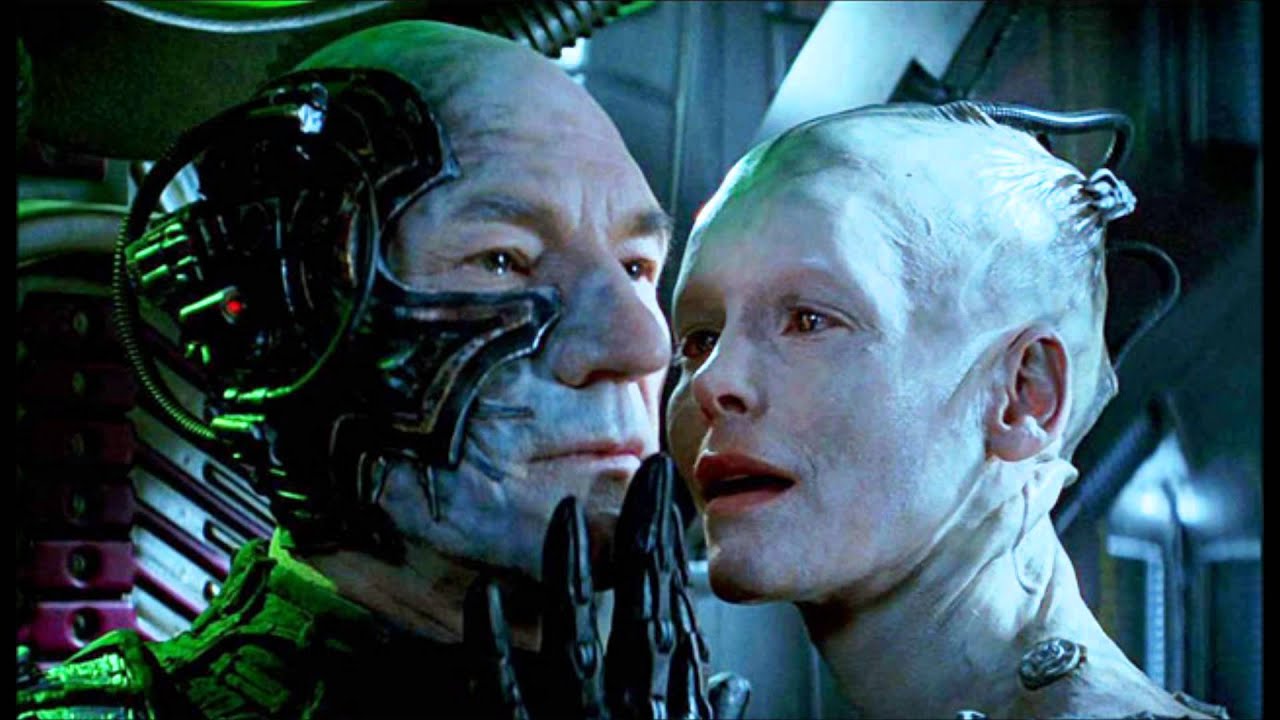
This movie is incredible on a multitude of levels. It exceeds expectations as a Trek film while also crossing genre boundaries and portraying established TNG characters in a new light, particularly its star, Jean-Luc Picard, with a stellar performance by Patrick Stewart. Directed by Jonathan Frakes, this movie was the second TNG film and featured the Borg, Star Trek‘s most fearsome and iconic villainous race. Despite this belonging to the quintessential sci-fi franchise, First Contact blends horror and sexuality into the mix, with awesome results.
Whether it’s the opening nightmare sequence where Picard’s character is shown assimilated into the Borg collective, showing the scope of their power and his infinitesimal presence within, or his secondary dream with just the right amount of body horror mixed with a jump scare, viewers caught on that this would be special. Picard is usually cool as a cucumber under pressure, but the Borg has him scared and obsessed, drawing parallels to Captain Ahab in Moby Dick. This is most prominently shown in a holo-deck scene where he guns down multiple Borg intruders, having thoroughly lost his composure, and while the scene has been turned into a meme (and is unintentionally hilarious) it really sells how much of a threat Picard knows they can be.
But another aspect of this film that would have a lasting impact is the writing, particularly by Ronald D. Moore, whose work on the Trek franchise extends beyond this film, but you can see so much of this movie’s footprint on his later acclaimed work, the reimagined Battlestar Galactica series. Whether it’s how the Borg drones enter the scene, laser sights flashing left to right, or the seductive presence of the Borg queen, it feels easy to compare this to the Cylons and Number Six’s from BSG.
But moreover, this movie demonstrates how flexible the cast is, and how the story’s situations are written around how each character would react to the situation. The plot involves an attempt by the Borg to travel back in time to Earth’s first contact with alien life in 2063, with Riker and Geordi La Forge staying on the planet to assist in these efforts. Riker’s womanizing personality was a suitable complement to Zephram Cochrane, the man credited with the space flight resulting in contact with the Vulcans, while La Forge’s engineering expertise came in particularly handy. Data’s role in the plot is a complex one too, being the object of the Borg Queen’s seduction, being promised the sensation of touch to enhance a sense of humanity.
There’s just so much in First Contact that’s to love, far beyond the great space battles including a pretty badass spacewalk clash between Picard, Worf, and the Borg. While some scenes fall short, particularly an awkward fall sequence for Data that’s admittedly hard to watch, it’s a prime example of how strong Star Trek is as a franchise, and how seamlessly it can blend with other genres to create something truly compelling.
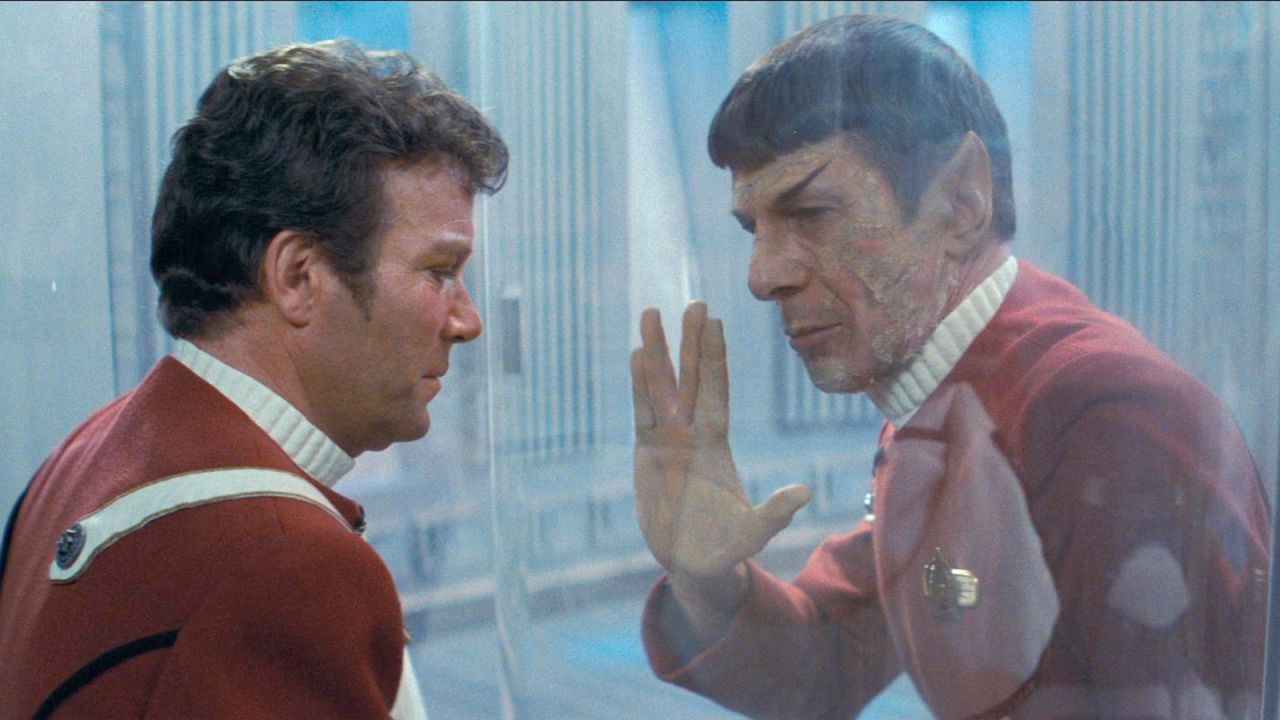
Star Trek will endure as one of the best, most popular franchises in sci-fi and general pop culture, and its movies, while occasionally flawed, embody this as well. While the future of the films is currently a bit shaky, with Star Trek 4 being in a bit of development hell, and directors dropping out left and right (including Quentin Tarantino) the cast from the Kelvin timeline is still slated to return, eliciting optimism from the fans. This very same optimism, after all, is the spirit of the franchise itself. You can watch all of these movies and more on Paramount Plus.


